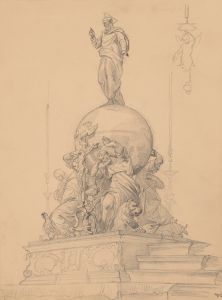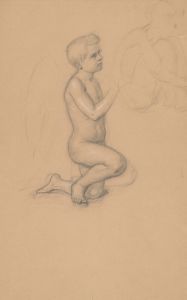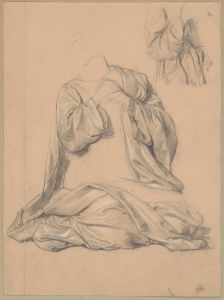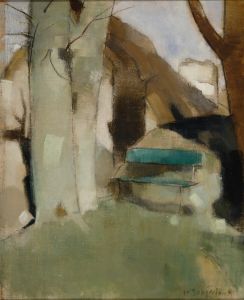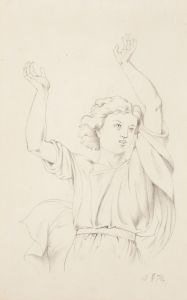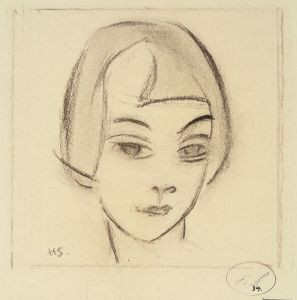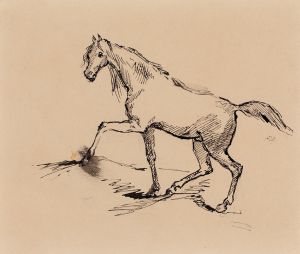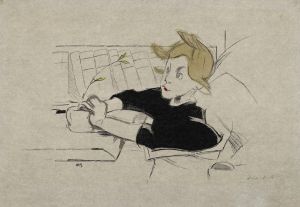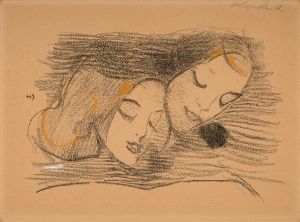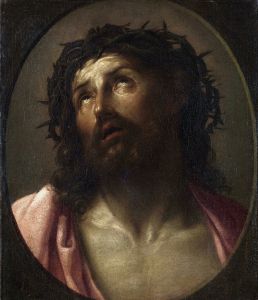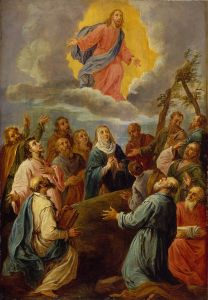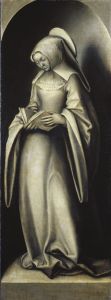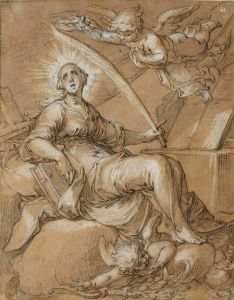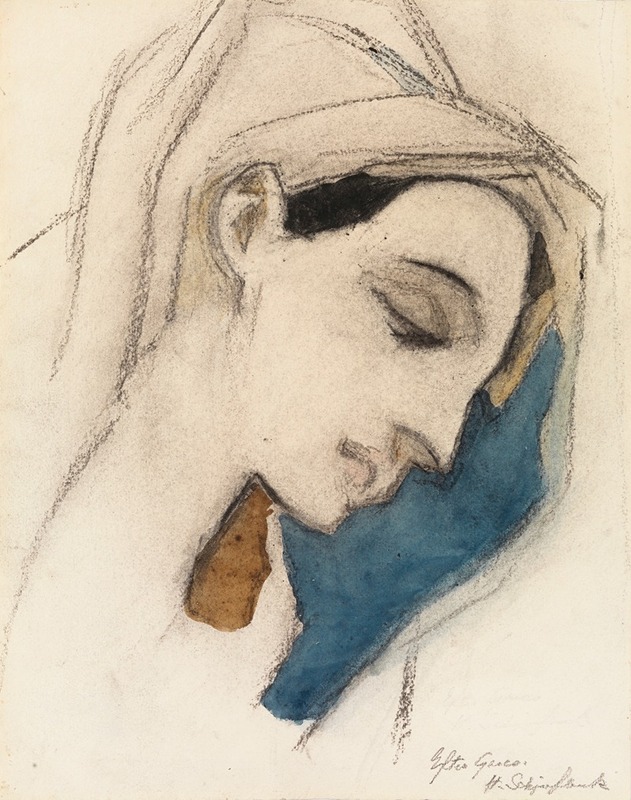
Virgin Mary, after El Greco
A hand-painted replica of Helene Schjerfbeck’s masterpiece Virgin Mary, after El Greco, meticulously crafted by professional artists to capture the true essence of the original. Each piece is created with museum-quality canvas and rare mineral pigments, carefully painted by experienced artists with delicate brushstrokes and rich, layered colors to perfectly recreate the texture of the original artwork. Unlike machine-printed reproductions, this hand-painted version brings the painting to life, infused with the artist’s emotions and skill in every stroke. Whether for personal collection or home decoration, it instantly elevates the artistic atmosphere of any space.
"Virgin Mary, after El Greco" is a painting created by Finnish artist Helene Schjerfbeck. This work is part of Schjerfbeck's exploration of reinterpretations of historical art, specifically inspired by the works of the Spanish Renaissance painter El Greco. The painting reflects Schjerfbeck's distinctive modernist style, characterized by its simplicity, emotional depth, and innovative use of form and color.
Helene Schjerfbeck (1862–1946) is one of Finland's most renowned artists, celebrated for her portraits, still lifes, and reinterpretations of classical themes. In the early 20th century, Schjerfbeck began to draw inspiration from historical art, reimagining works by old masters through her unique artistic lens. "Virgin Mary, after El Greco" is one such example, where she engages with El Greco's iconic depictions of religious figures, particularly the Virgin Mary.
El Greco (1541–1614) was known for his elongated figures, dramatic use of color, and spiritual intensity, qualities that left a lasting impression on many modern artists, including Schjerfbeck. In her reinterpretation, Schjerfbeck does not aim to replicate El Greco's style but instead distills the essence of his work into her own minimalist and modernist approach. The painting is marked by its restrained palette and simplified forms, which emphasize the emotional resonance of the subject rather than its physical details.
"Virgin Mary, after El Greco" is part of Schjerfbeck's broader body of work that reflects her interest in religious and spiritual themes, as well as her engagement with the art historical canon. By reinterpreting El Greco's Virgin Mary, Schjerfbeck bridges the gap between the Renaissance and modernism, creating a dialogue between past and present artistic traditions.
The exact date of the painting's creation is not definitively documented, but it is believed to have been produced during the later stages of Schjerfbeck's career, a period when she increasingly focused on introspective and experimental works. The painting is held in a private collection or museum, but specific details about its current location are not widely available.
Helene Schjerfbeck's reinterpretations of historical art, including "Virgin Mary, after El Greco," continue to be celebrated for their originality and emotional depth. They exemplify her ability to transform traditional subjects into modern expressions of timeless themes, solidifying her legacy as a pioneering figure in Finnish and European art.





